Looking for a workout that’s about more than just moving your body? What if you could tune in, calm your mind, and feel stronger, all at the same time?
That’s what somatic Pilates is all about.
Somatic Pilates is a mindful practice that helps you connect with your body in a whole NEW way.
It’s less about speed and more about slow, controlled movements that reset your nervous system and bring your mind and body into harmony.
In this guide, you’ll learn seven simple somatic Pilates moves designed that can help you relax, build strength, and be more aware of your body.
No matter your experience level, these exercises will inspire you to move with purpose and ease.
Are you ready to melt stress and boost your body awareness?
But What Exactly Is Somatic Pilates?

If you think Pilates is just about muscle moves and strength, think again. Somatic Pilates takes things a step deeper by connecting your mind and body in a way that helps you feel truly present.
Unlike regular Pilates, which often focuses on exercise routines and muscle toning, Somatic Pilates is all about internal awareness.
It teaches you to slow down, notice how your body feels, and move with gentle control.
This helps you reset your nervous system, which can reduce stress and tension that build up over time.
The slow, mindful movements encourage your body to relax and release old patterns of tightness or pain. It’s less about pushing yourself hard and more about tuning into your body’s signals.
This makes somatic Pilates a powerful tool to not only strengthen your muscles but also calm your mind and improve your overall well-being.
Why Somatic Pilates Works
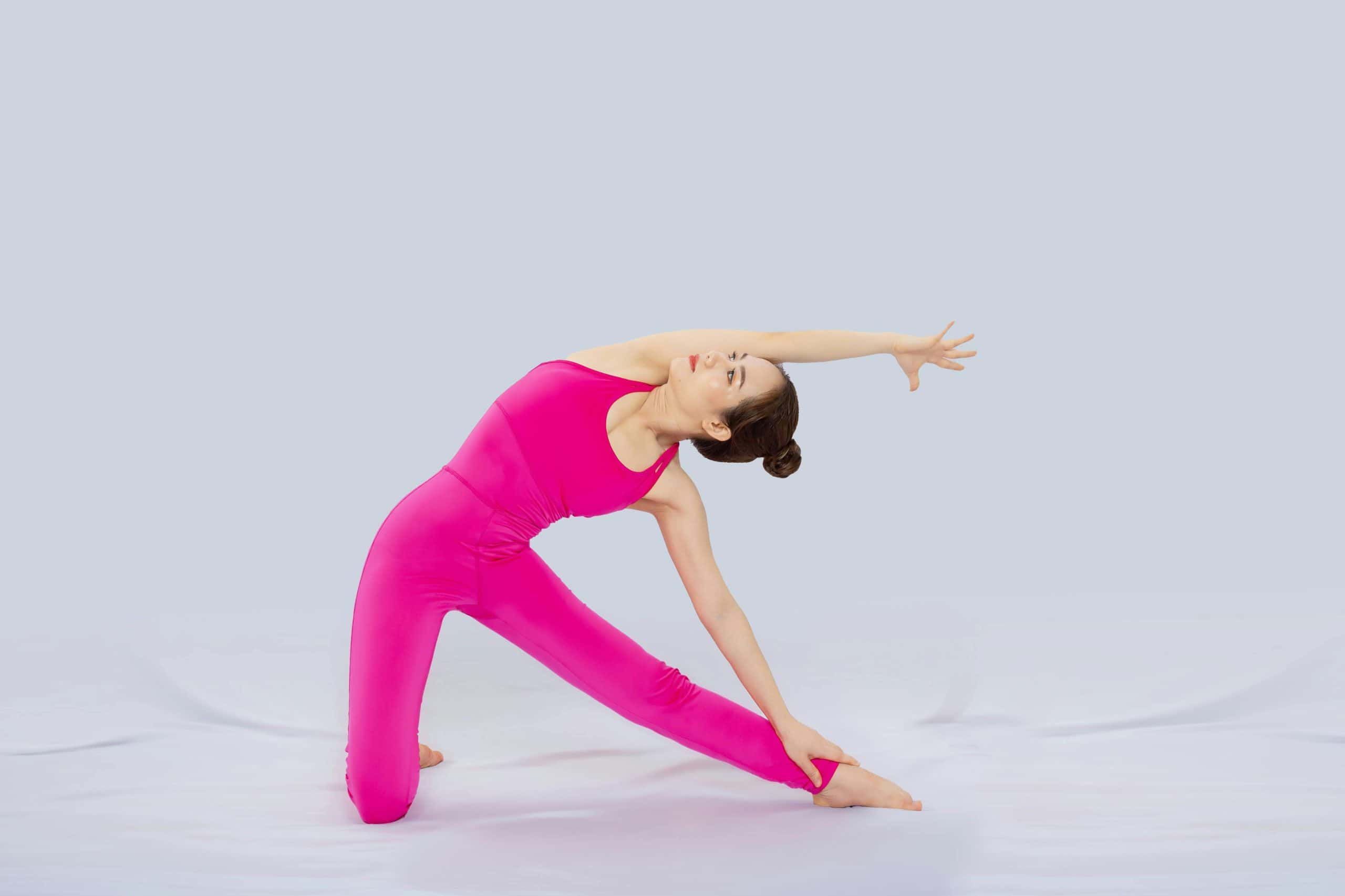
Somatic Pilates isn’t just a workout, it’s a way to help your whole self feel better. One of its biggest perks is how it eases stress.
By moving slowly and paying attention to your body, you give your nervous system a chance to calm down.
This can melt away tension and help you feel more relaxed throughout the day.
On top of stress relief, somatic Pilates improves your posture. When you focus on how your body moves, you naturally start standing and sitting straighter.
This helps ease chronic pain, especially in your back and neck, by releasing tight muscles and correcting bad habits.
Physically, somatic Pilates builds core strength and flexibility, but without the strain of fast or heavy workouts. You strengthen the muscles that support your spine while also stretching and lengthening your body.
This gentle strengthening supports better balance and movement in everyday life.
Mentally, it’s a boost too.
The mindfulness that comes with each move sharpens your focus, reduces anxiety, and makes you feel more connected to your body.
It’s like a mini reset for both your mind and muscles.
In short, somatic Pilates works because it treats your body and mind as a team, helping both to feel strong, calm, and ready to take on whatever comes next.
7 Somatic Pilates Moves to Get You Started
If you’re ready to calm your mind and feel more connected to your body, these seven somatic Pilates moves are the perfect place to start.
They’re gentle, easy to follow, and focus on helping you tune in to how your body feels as you move.
1. Body Scan

Find a quiet spot to lie down or sit comfortably. Close your eyes and take a few slow breaths. Then, starting from your toes, slowly bring your attention to each part of your body.
Notice any tightness, warmth, or areas that feel relaxed.
This simple exercise helps you become aware of your body’s current state and prepares you to move mindfully.
2. Gentle Spine Stretch
For this move, sit up tall with your legs stretched out in front of you. Take a deep breath in. As you breathe out, slowly reach your hands forward toward your toes.
It doesn’t matter how far you get, just feel the stretch along your back and the backs of your legs. Keep moving with your breath, and let your shoulders stay relaxed as you reach.
3. Slow Leg Lifts

When you’re ready, lie on your back with your knees bent and your feet flat on the floor.
Slowly lift one leg a few inches off the ground, making sure your movement is soft and controlled. Hold it there for a moment, and then gently lower your leg back down.
After that, switch legs and repeat. This move helps strengthen your lower belly and makes you more aware of how your legs move.
4. Breath Awareness
Moving on, place one hand on your belly and the other on your chest. Take a slow, deep breath in through your nose and feel your belly rise like a balloon.
Then, exhale gently through your mouth, letting your belly fall. By focusing on your breath this way, you help calm your nerves and get your body ready for more movement.
5. Pelvic Tilt
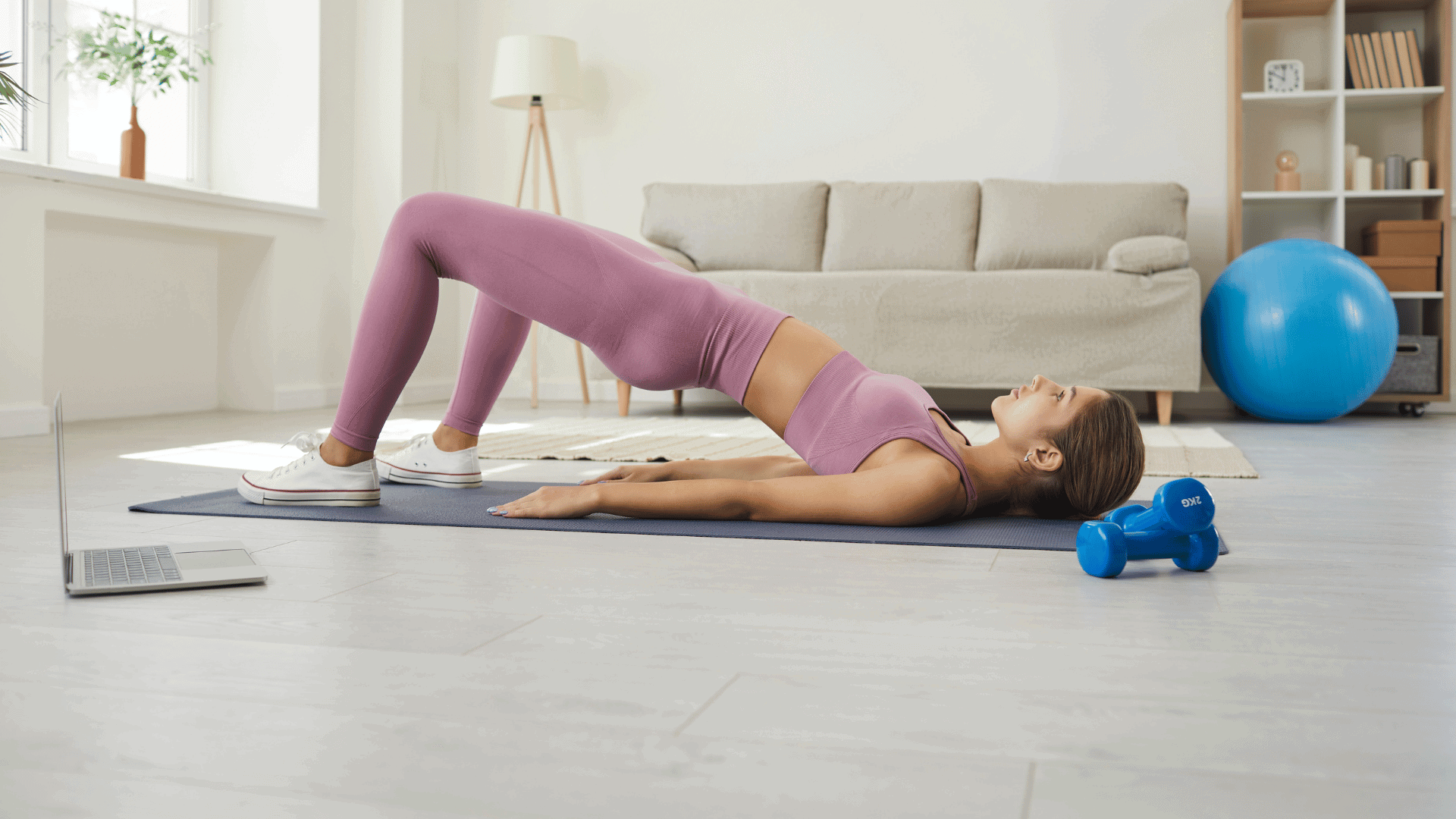
For this exercise, stay on your back with knees bent and feet flat. Slowly tilt your pelvis upward by tightening your lower belly muscles.
Hold the tilt for a few seconds, then relax and release. This move builds core strength and helps let go of tension in your lower back.
6. Side Bend
Now, stand or sit tall with your feet about hip-width apart. Slowly bend your upper body to one side, reaching your arm up and over your head as if you’re reaching for the ceiling.
Notice the stretch along the side of your ribs and waist.
After you return to the center, repeat the same move on the other side.
This stretch is great for loosening up tight muscles and improving your side flexibility.
7. Shoulder Rolls
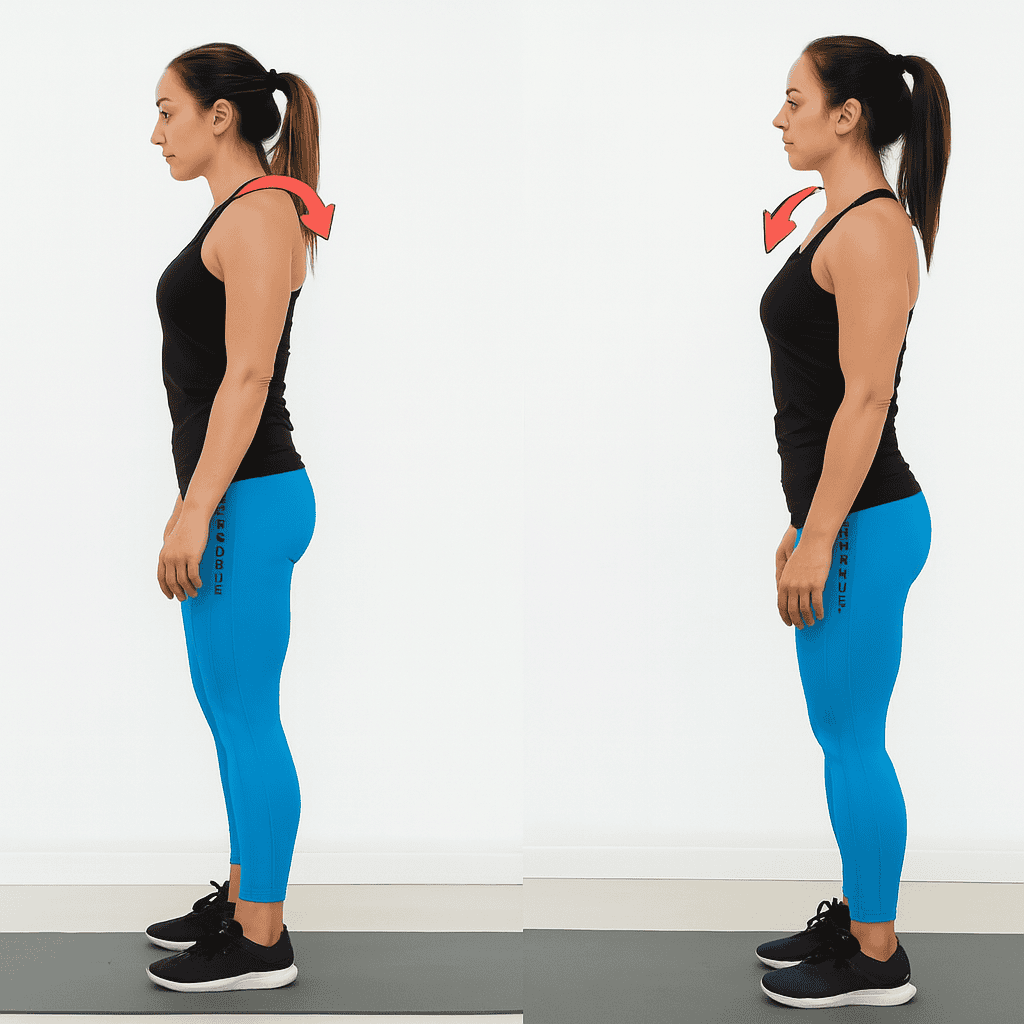
To finish, sit or stand comfortably with your arms relaxed at your sides. Roll your shoulders forward in a big circle, taking your time. Then, reverse and roll your shoulders backward.
As you do these rolls, match your movement to your breath.
This helps you let go of any tension and leaves your upper body feeling loose and ready for anything.
Tips for Mindful Breathing and Tuning In
As you go through these moves, remember to breathe deeply and move slowly. Pay close attention to how your body feels. If a move feels tight or uncomfortable, ease off or take a break.
Somatic Pilates is about making you feel good and helping you connect with your body, not pushing through pain or discomfort.
How to Find Your Perfect Rhythm with Somatic Pilates
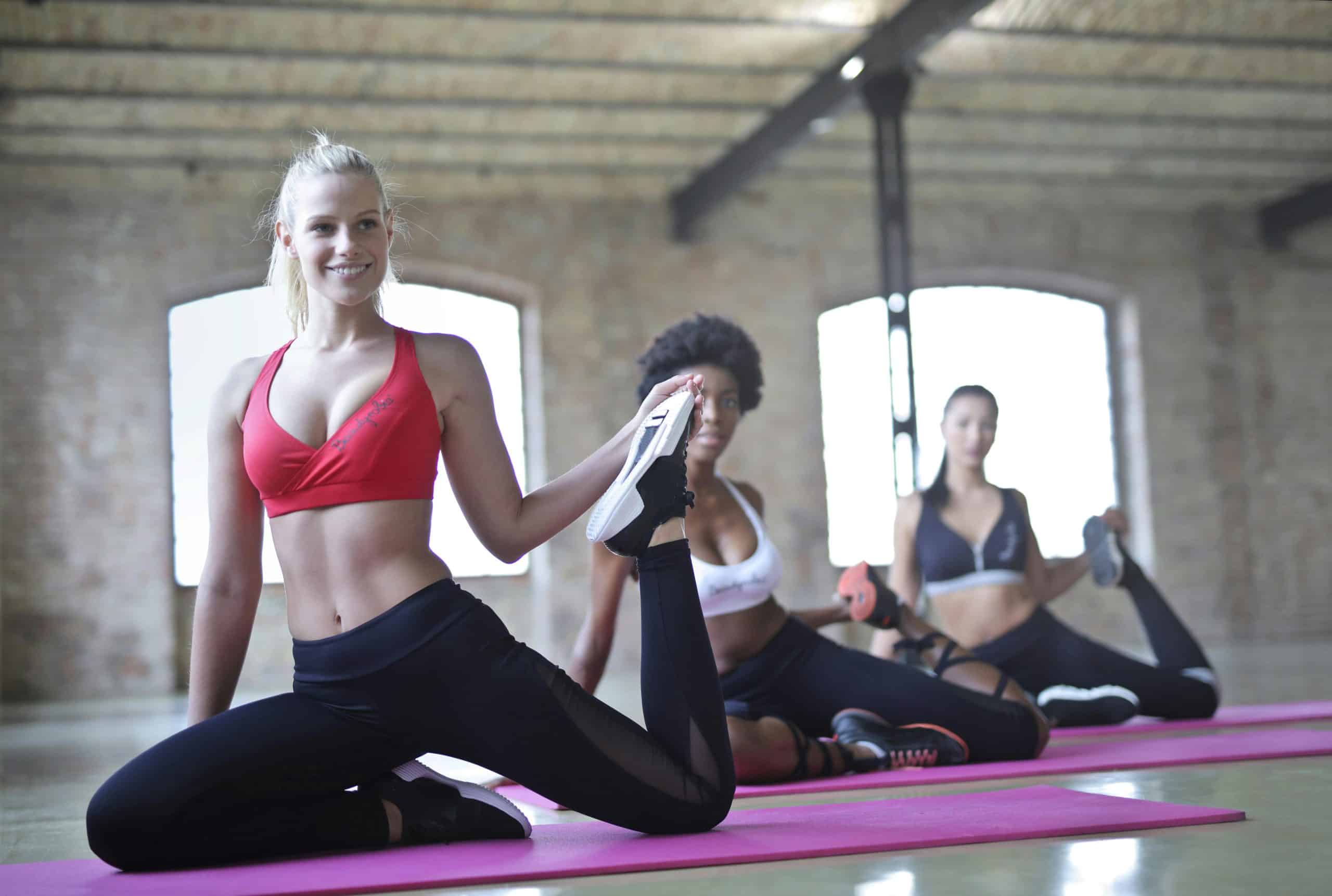
When it comes to somatic Pilates, there’s no one-size-fits-all rule for how often you should practice. The goal is to find a rhythm that feels good for your body and fits your lifestyle.
For beginners, starting with two to three sessions a week is a great way to build a habit without overwhelming yourself.
This schedule gives your muscles time to rest and your nervous system a chance to reset between sessions.
As you get more comfortable, you can increase your practice to four or five times a week, depending on how your body feels.
The key is to listen closely, if you’re feeling tired or tight, it’s okay to take a rest day or choose a gentler session.
Mixing somatic Pilates with other workouts, like walking, gentle yoga, or light strength training, can keep your routine balanced and interesting.
It helps your body stay flexible and strong while giving your mind variety and focus.
Remember, somatic Pilates is about tuning into your body’s signals. Move at your own pace, honor your energy levels, and adjust the intensity as needed.
That’s how you find your perfect flow and keep your practice both effective and enjoyable.
How to Keep Your Somatic Pilates Practice Fun and Easy to Stick With
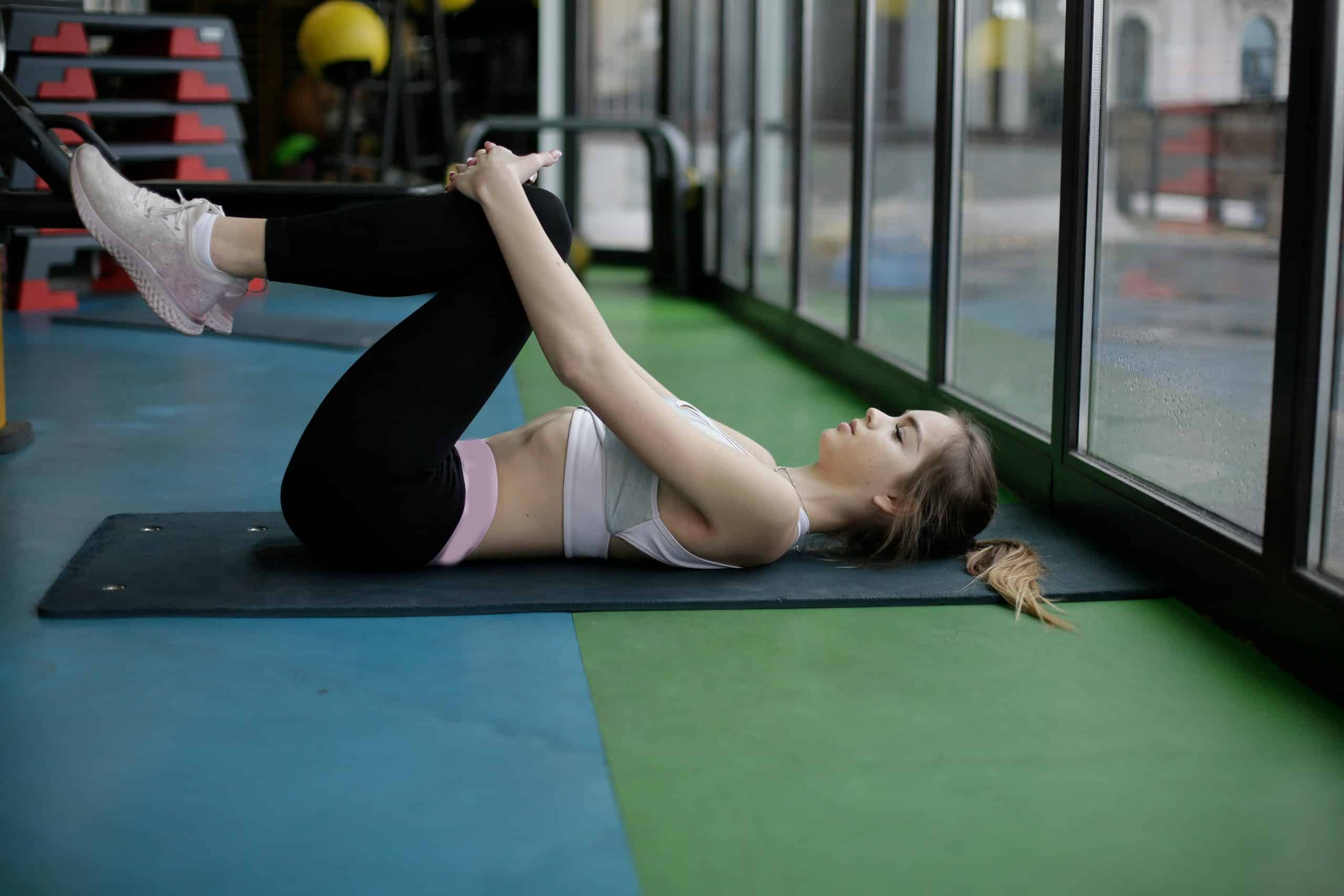
Staying consistent with any workout can be tough, but somatic Pilates makes it easier when you add a little creativity and kindness to your routine.
First, set the vibe with music that lifts your mood or helps you relax, whatever fits your day
You can also try guided sessions or apps that walk you through each move. Having someone (even a virtual coach) guide you can make your practice more fun and keep you focused.
Next, create a calm, inviting space where you actually want to practice. It doesn’t need to be big or fancy, just a quiet corner with a comfy mat and good light.
When your space feels peaceful, it’s easier to show up and move.
Finally, celebrate the small wins. Maybe you held a stretch a bit longer or felt more relaxed after a session. These little victories add up.
Be patient with your progress, knowing that somatic Pilates is a journey, not a race.
With these simple tips, your practice will feel less like a chore and more like a treat you look forward to.
Discover Your Strength and Calm with Somatic Pilates
Somatic Pilates is more than just exercise; it’s a powerful way to reconnect with your body and mind.
By moving slowly and mindfully, you help calm your nervous system, ease tension, and build real strength from the inside out.
This practice supports better posture, reduces stress, and makes your body feel balanced and alive.
The beauty of somatic Pilates is that it meets you where you are.
You don’t need to be perfect or do everything all at once. Starting small and staying consistent is the secret to long-lasting change.
Even short sessions, done regularly, can bring a big difference to how you feel both physically and mentally.
Remember, this is your personal journey. Celebrate the small wins, like feeling more relaxed after a session or noticing better balance during your day.
Those little victories are proof you’re moving in the right direction.
I’d love to hear about your experiences with somatic Pilates. Have questions? Want to share your progress or challenges? Drop a comment or reach out anytime.
Your story might be exactly the encouragement someone else needs to begin their own journey.
Keep Stress Low and Energy High
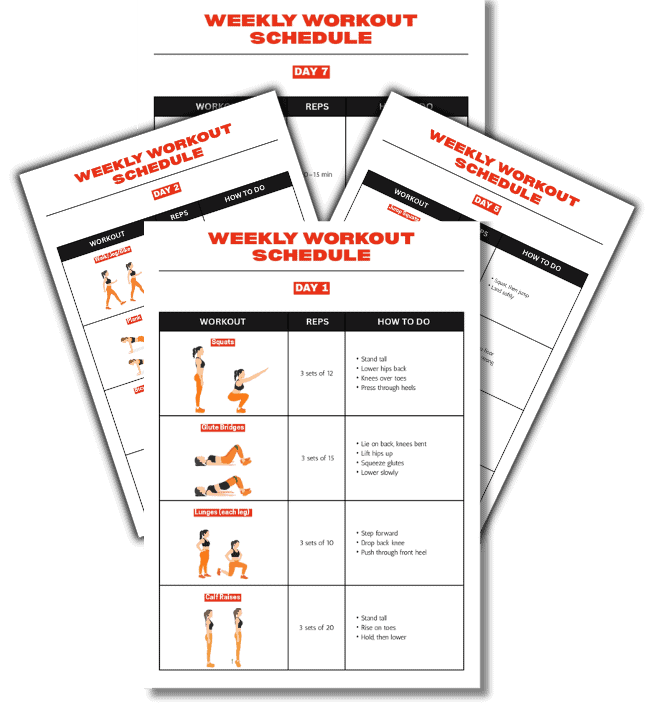
Somatic Pilates feels amazing in the moment, but the real benefits come when you make it part of your week.
That’s why I created the Free Weekly Workout Schedule, a beginner-friendly plan that shows you exactly how to stay consistent without overthinking.
With this simple guide, you’ll reduce stress, feel more mobile, and stay committed to your well-being.
Frequently Asked Questions (FAQ)
1. Is somatic Pilates right for beginners?
Absolutely! Somatic Pilates is gentle and focuses on slow, mindful movement, making it perfect for people new to exercise or those returning after a break. It helps build body awareness step by step.
2. Can it help with injury recovery or chronic pain?
Yes, many people use somatic Pilates to ease chronic pain and support injury recovery. Because it’s low-impact and encourages gentle movement, it can help you move without strain and improve how your body feels.
3. What equipment do you need?
You don’t need much, just a soft mat or comfortable surface to move on. Some people use small props like pillows or resistance bands, but they aren’t necessary to get started.
4. How long are typical sessions?
Sessions usually last between 20 and 40 minutes. You can do shorter sessions on busy days or longer ones when you want a deeper mind-body connection.
5. When will you start feeling the benefits?
Many notice a difference in stress levels and body awareness after the first few sessions. Strength and flexibility improvements often show up within a few weeks with consistent practice.










